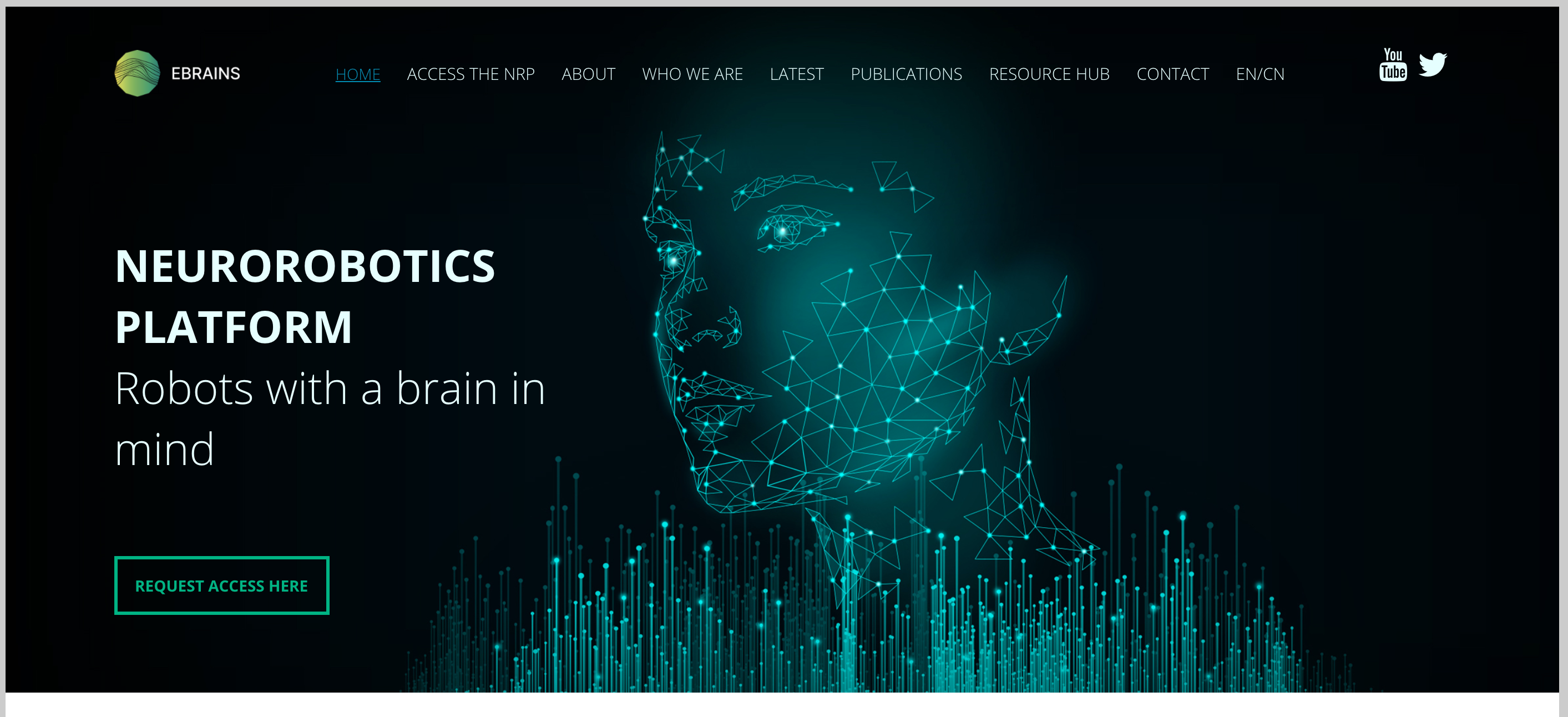Present at Sfn Global Connectome
Published:
Today, I presented my latest research on head direction signals in the human brain at the Sfn Global Connectome. At the conference, I discussed with neuroscientists who study head direction signals in rodents, macaques, and drosophila. The clues I gained from the fascinating discoveries in other species really helped me consolidate my theories on how travel direction system works in the human brain.
This is the second time I presented at Sfn. The first time was an in-person poster presentation in 2015 in Chicago where I shared my undergraduate research of brain signals related to fairness in human decision making using EEG data. At that time, I was scared by the conference size (over 30000 attendees) and got disoriented of which talks or posters to go to and ended up getting frustrated of not going to many interesting talks and being really exhausted at the end.
Time flies.
This time, I am better prepared. I spent the weekend before the conference to review the posters and abstracts that I’m interested in and then scheduled the discussion session for the posters that I have questions about. Interestingly, it turns out that there are not that many posters that I really need to schedule a discussion session for - only 4 posters over 2 days. After I lined up my poster attending schedule, I added in scientific panels and talks that I am interested in to the schedule. At the end, although it’s still a fully-packed schedule over the 3 days of the conference, it’s much more organized and manageable: I got to ask the questions I’m really curious about, learn about the resources that I have been considering to utilize, and connect with other neuroscientists who conduct cool research. I feel content :)
One resource that I plan to explore further and I’d like to share here is EBRAINS neurorobotics platform. It’s a robot simulation platform specifically created for neuroscientists. Although it’s currently still in the developing stage, I’m excited to learn that the neuroscience community in Europe is making great efforts to build such a promising platform.

